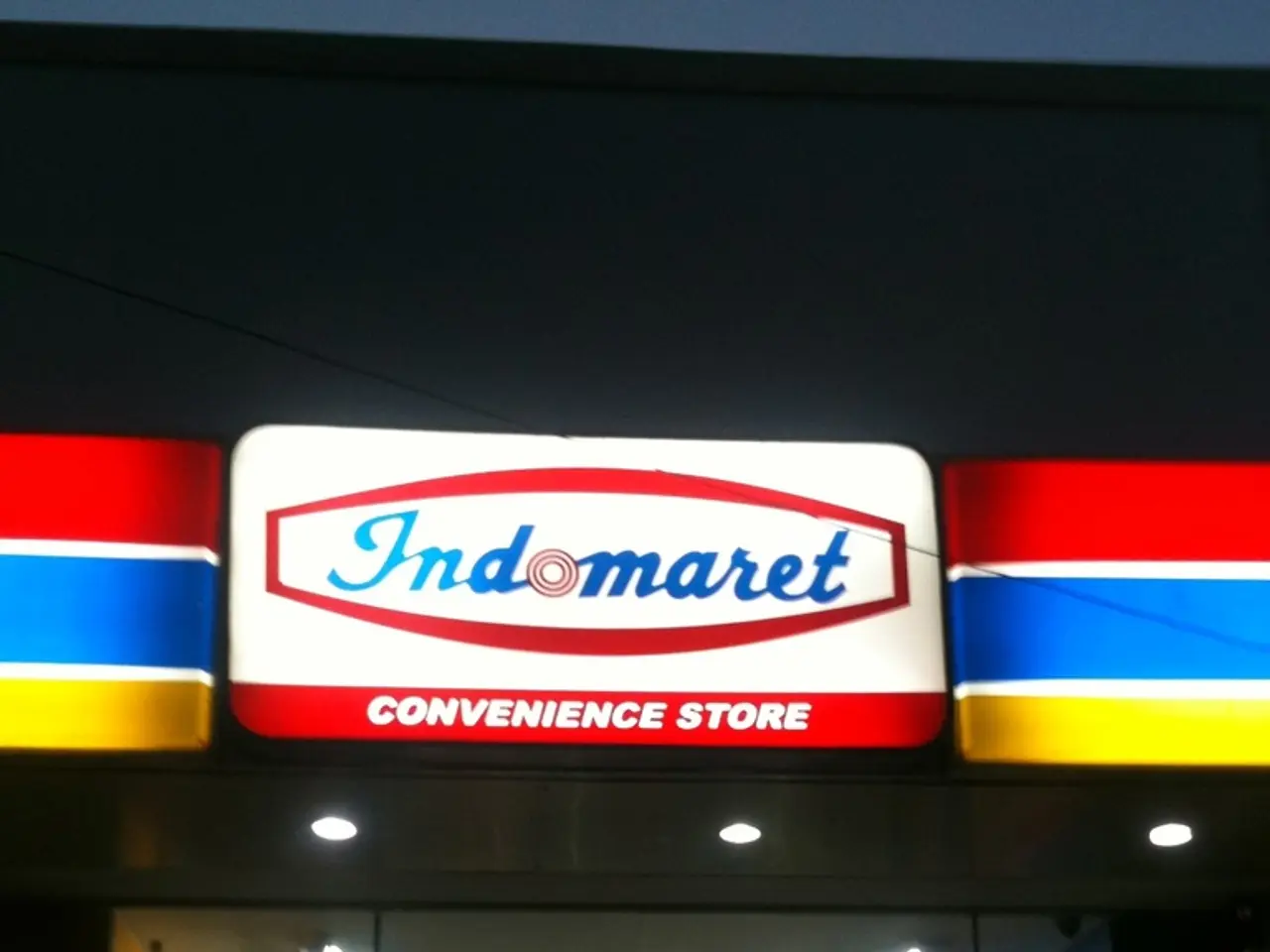Picking the Ideal Technology Combination for Building an E-Commerce Site
In the ever-evolving world of e-commerce, selecting the right technology stack is crucial for the success of your online business. A suitable technology stack can lead to the creation of a million-dollar idea, provide an advantage over competitors, and ensure a smooth development project.
Seamless Compatibility and Integration
To ensure smooth data flow and reduce manual errors, it's essential to choose technologies that easily integrate with payment gateways, CRM, inventory management, marketing tools, and AI automation systems. Preference should be given to platforms and tools with strong API support for custom integrations and future-proofing.
Precision (Functionality and User Experience)
For a precise, user-friendly, and accessible front-end with consistent UI/UX design, consider using reliable front-end frameworks like React, Vue.js, or Angular, and back-end technologies such as Node.js, Django, or Laravel for exact control over behavior and performance.
Scalability
A scalable technology stack is vital for managing traffic spikes and data volume growth. Choose a stack with horizontally and vertically scalable databases and infrastructure, and consider cloud services or scalable architecture for elasticity, ensuring the website grows with your business needs.
Robustness (Security and Stability)
For a secure and stable e-commerce platform, use proven back-end frameworks and platforms with built-in security features, including encryption, secure payment systems, and compliance with data protection laws like GDPR and CCPA. Opt for platforms backed by active community support and enterprise-grade customer support to handle bugs, updates, and custom development.
Additional Considerations
- Budget and Pricing: Balance initial and ongoing costs with the expected benefits and features of your tech stack.
- Complexity vs. Maintainability: Find a stack your team can manage or scale expertise for, considering Agile development practices to iteratively adjust features while maintaining usability.
- Development Team Expertise and Community Support: Ensure availability of skilled developers for your chosen technologies and active communities to support troubleshooting and innovation.
Example Breakdown by Business Size
| Business Stage | Platform | Front-End | Back-End | Payment Gateways | Additional Tools | |-------------------|--------------------|---------------------|----------------|-----------------------|-----------------------------------| | Startup | Shopify, WooCommerce| Shopify theme, WordPress | Managed by platform | PayPal, Stripe | Mailchimp, Google Analytics | | Scaling Brand | Magento, BigCommerce| React, Vue.js | Node.js | PayPal, Stripe | Zoho Inventory, Klaviyo | | Enterprise | Custom API-first | Next.js, Angular | Django, Laravel| Stripe, Authorize.Net | HubSpot, AI automation, BI Tools |
By considering these factors, you can ensure your tech stack is aligned with seamless compatibility, precision, scalability, and robustness needs for your e-commerce platform. An e-commerce development agency can provide valuable guidance and expertise in this process.
[1] Choosing the Right Tech Stack for Your eCommerce Website
[2] How to Choose the Best E-Commerce Platform for Your Business
[3] The Importance of Choosing the Right Tech Stack for Your E-Commerce Website
[4] Selecting the Right Tech Stack for Your E-Commerce Website
- Incorporating suitable frameworks like React, Vue.js, or Angular for the front-end and back-end technologies such as Node.js, Django, or Laravel can provide precision in functionality and user experience.
- To create a scalable technology stack, opt for databases and infrastructure that are horizontally and vertically scalable, enabling the website to grow with business needs.
- For a secure and stable e-commerce platform, leverage back-end frameworks with built-in security features, ensuring compliance with regulations such as GDPR and CCPA.
- Prioritize technologies that integrate seamlessly with essential tools like payment gateways, CRM, inventory management, marketing tools, and AI automation systems.
- Budget, complexity, maintainability, development team expertise, and community support should be additional factors when choosing the right technology stack for your e-commerce website, aligning it with your business goals in education-and-self-development journey.




